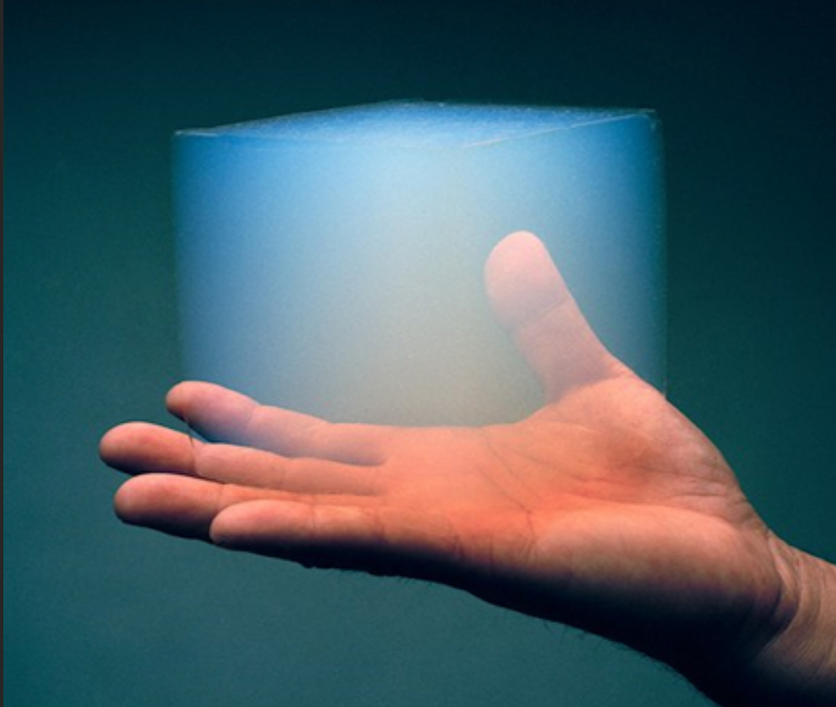The NASA Innovative Advanced Concepts program recently awarded grants to different companies for the development of future explorations in space, including a company called Positron Dynamics. This Seattle-based company aims to develop its Aerogel Fission Rocket Engine which may soon be used for further deep space explorations that are longer-lasting.
This new rocket engine would be a novel innovation, as it could have the potential to replace the chemical-based, traditional engines used by the current space industry for all missions.
NIAC: Positron Dynamics' Aerogel Fission Fragment Rocket Engine

Back in early January, NASA's IAC (NIAC) selected different programs which center on experimental space technology concepts in the initial stages of their studies.
One of the selected companies and programs here is the one from Positron Dynamics, with its Aerogel Fission Fragment Rocket Engine (FFRE).
It could replace the traditional chemical rocket engines that are currently used, as well as the existing fission rocket engines which are massive and operate at relatively high temperatures. According to Positron, it could achieve very high specific impulse (>100,000 sec) at a high power density (>kW/kg).
"We propose to develop a small prototype low-density nuclear reactor core and convert the nuclear energy stored in a fissile material into a high velocity rocket exhaust and electrical power for spacecraft payloads," said the company.
FFRE: Could Travel to the Solar Gravitational Lens Soon
According to NASA and Positron Dynamics, this Aerogel FFRE can soon travel toward the Solar Gravitational Lens (SGL) in 15 years.
As per the release, the Aerogel FFRE could also help in the slowdown and maneuvering capability of the SGL, which is a significantly challenging venture in the future.
Deep Space Ventures and Exploration
In the present time, there are not many deep space ventures and explorations in the world from the many space agencies working towards learning more about the cosmic heavens around us. However, there is an abundance of deep space telescopes and lenses that focus on capturing the great beyond in exquisite detail.
There are two famous deep space telescopes available on NASA's array of vessels floating around in the cosmos, including the famed Hubble Space Telescope and the James Webb Space Telescope.
These spacecraft provide a gateway to learning more about deep space and finding different phenomena and anomalies which could explain more of what is around us.
NASA is partnering with other space agencies and companies to further deliver on deep space exploration, and it is an effective way to bring new ideas a ground to develop and progress further.
This recent grant to Positron Dynamics among other space agencies and innovators will help in NASA's further reach into the depths of the universe.
Related Article : New NASA Mars Challenge Wants Your Help Creating Virtual Reality Environment! Here's How to Join

![Apple Watch Series 10 [GPS 42mm]](https://d.techtimes.com/en/full/453899/apple-watch-series-10-gps-42mm.jpg?w=184&h=103&f=9fb3c2ea2db928c663d1d2eadbcb3e52)



